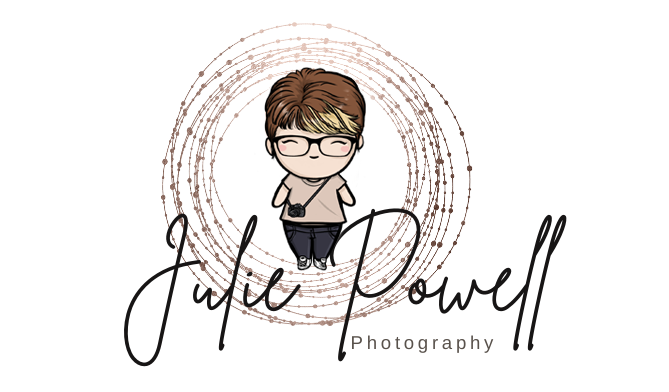Shooting and processing Raw images
Why shoot Raw? It is a great question and many people still ask it, but another question that goes with it, HOW should I process my Raw Images?
May years ago you perhaps shot with a film camera, or perhaps you are strictly a digital age baby? But way back when, if you shot with film and then if you were lucky processed it yourself, or more likely than not, sent it off for processing. Those images were negatives and to some degree a little like Raw images in today’s digital cameras [Please don’t shoot me I am not getting technical here and I know it is not a direct correlation].
Like back then if you are shooting Raw with today’s DSLR, you can set many settings in-camera, white balance, ISO, F/stop, shutter speed, but things like contrast, Dynamic range, colour and such come off in Raw a little weak without some processing. JPEG captures an image the way you set it in the camera and while it may look good, it does not always seem to POP! Like Pro photography images, right?
The trick is in processing, you can use programs like Adobe Photoshop and Lightroom, or Luminar, Capture One, and so many others. I am an Adobe girl and I adore using Lightroom for straight processing and Photoshop for added WOW and composites. I adore using presets to speed up my workflow, but do they really make a difference?
Below is the same image, Raw - (unedited apart from straightening it), then two of my own Presets, one is cool and the other warm, personally I prefer to cool, it makes the whites crisper and the reds pop!
As you can see the colour is not quite right, the contrast is flat and the reds don’t pop in the Raw image, the two processed images have the snap, crackle and pop of a commercial image…the difference is in the processing. That’s the only difference.
Another reason for shooting in Raw, is that it is easier to make the adjustments, sure you can with a JPEG, but the dynamic range is not there to start with (the range from dark to lights, shadows and highlights). If something is a little under exposed it is easier to fix in processing. Yes, you can aim to make it perfect in-camera, but sometimes it just needs a little help in post-production.
I know this isn’t really an article about HOW to process the actual images, just something to think about when it comes to post-production. If you have ever done any of my online classes, I usually offer up a new collection of Lightroom presets, but they can also be purchased online. Not sure HOW to install them? I have help with this too…




